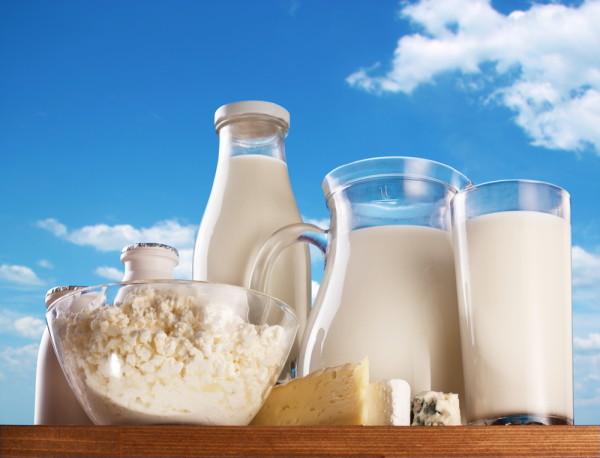Have you noticed that every time you eat cheese, ice cream, or other forms of dairy you experience abdominal pain, gas, or bloating? If so, you may have lactose intolerance, or an inability to properly digest dairy products, says Karen Kafer, RDN, a representative with the National Dairy Council.
But being lactose intolerant doesn’t mean you must forgo dairy at every meal. According to Kafer, the body produces an enzyme called lactase to help digest the lactose in milk. As we age, the body sometimes produces less lactase than it did from childhood, making it hard to break down dairy. However, many people with lactose intolerance can still tolerate at least 12 grams of lactose (equivalent to 1 cup of low-fat and fat-free milk or yogurt) in one sitting, with little to no discomfort. So, being diagnosed with the condition simply means that you may need to moderate your intake.
Think you may be lactose intolerant? To get a clear diagnosis, ask your doctor for the Breath Hydrogen Test, which diagnoses the condition. Kafer says you should never self-diagnose. After all, the symptoms associated with trouble digest dairy can also be the result of other conditions.
If your test results say that you are indeed intolerant, Kafer suggests these techniques for enjoying dairy without discomfort:
Try It. Opt for low-lactose and lactose-free milk and milk products. They are real milk products, just without the lactose. They taste great and provide the same nutrients as regular dairy foods.
Sip It. Start with a small amount of milk daily and increase slowly over several days or weeks to determine tolerance.
Stir It. Mix milk with other foods, such as soups and cereal; blend with fruit or drink milk with meals. Solid foods help slow digestion and allow the body more time to digest lactose.
Slice It. Top sandwiches or crackers with natural cheeses such as Cheddar, Colby, Monterey Jack, mozzarella, and Swiss. These cheeses contain small amounts of lactose.
Shred It. Shred your favorite low-fat and fat-free cheese onto veggies, pastas, and salads. It’s an easy way to get dairy that contains minimal amounts of lactose.
Spoon It. Enjoy easy-to-digest yogurt. The live and active cultures in yogurt help to digest lactose.
Supplement It: Lactase tablets consumed with low-fat and fat-free dairy foods naturally digest the lactose inside your gut. This provides freedom to enjoy dairy foods you want, whenever you want.
Also Read:
Organic Milk is Healthier, Finds Scientists
Lose Fat Gain Muscle With Milk

